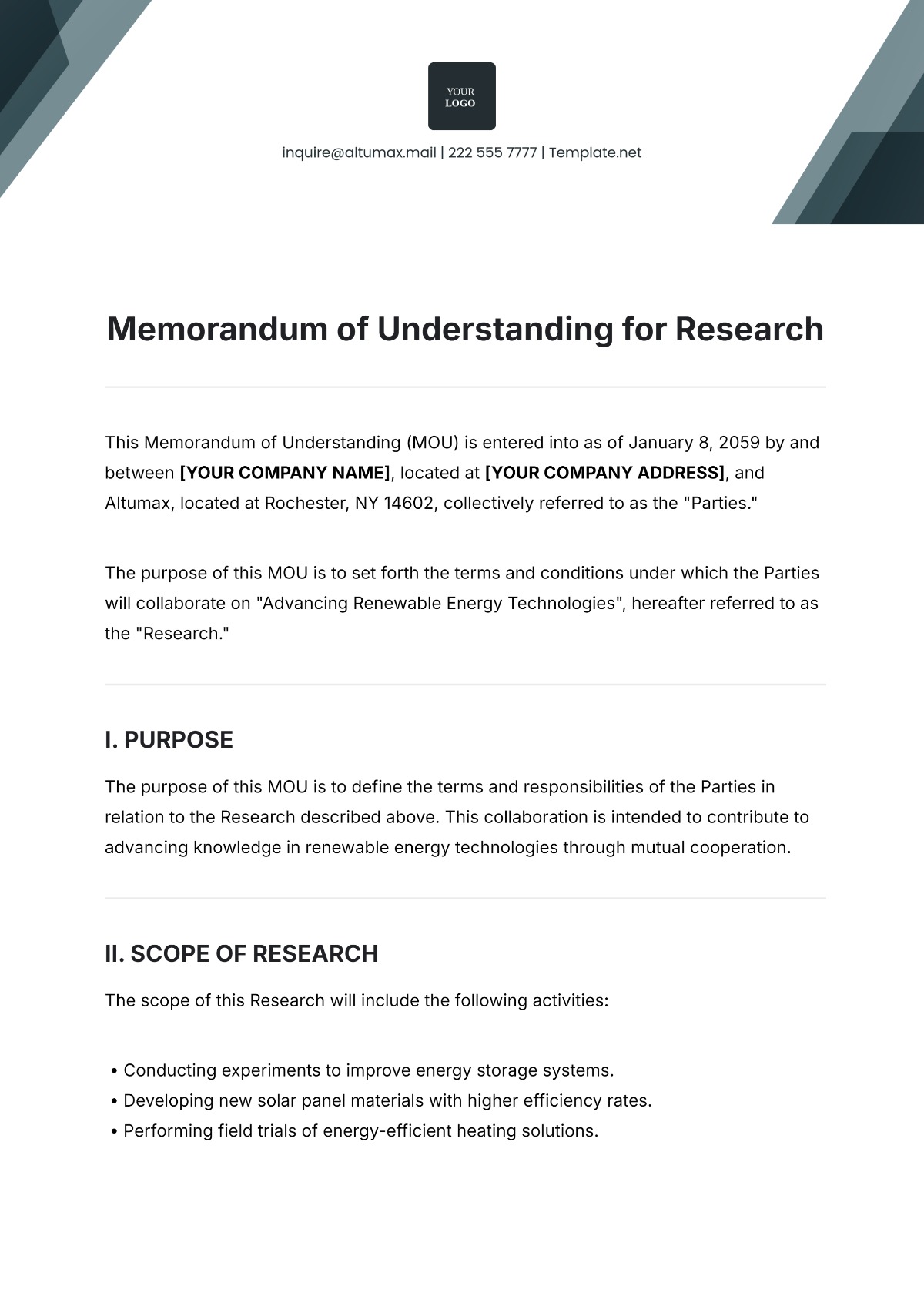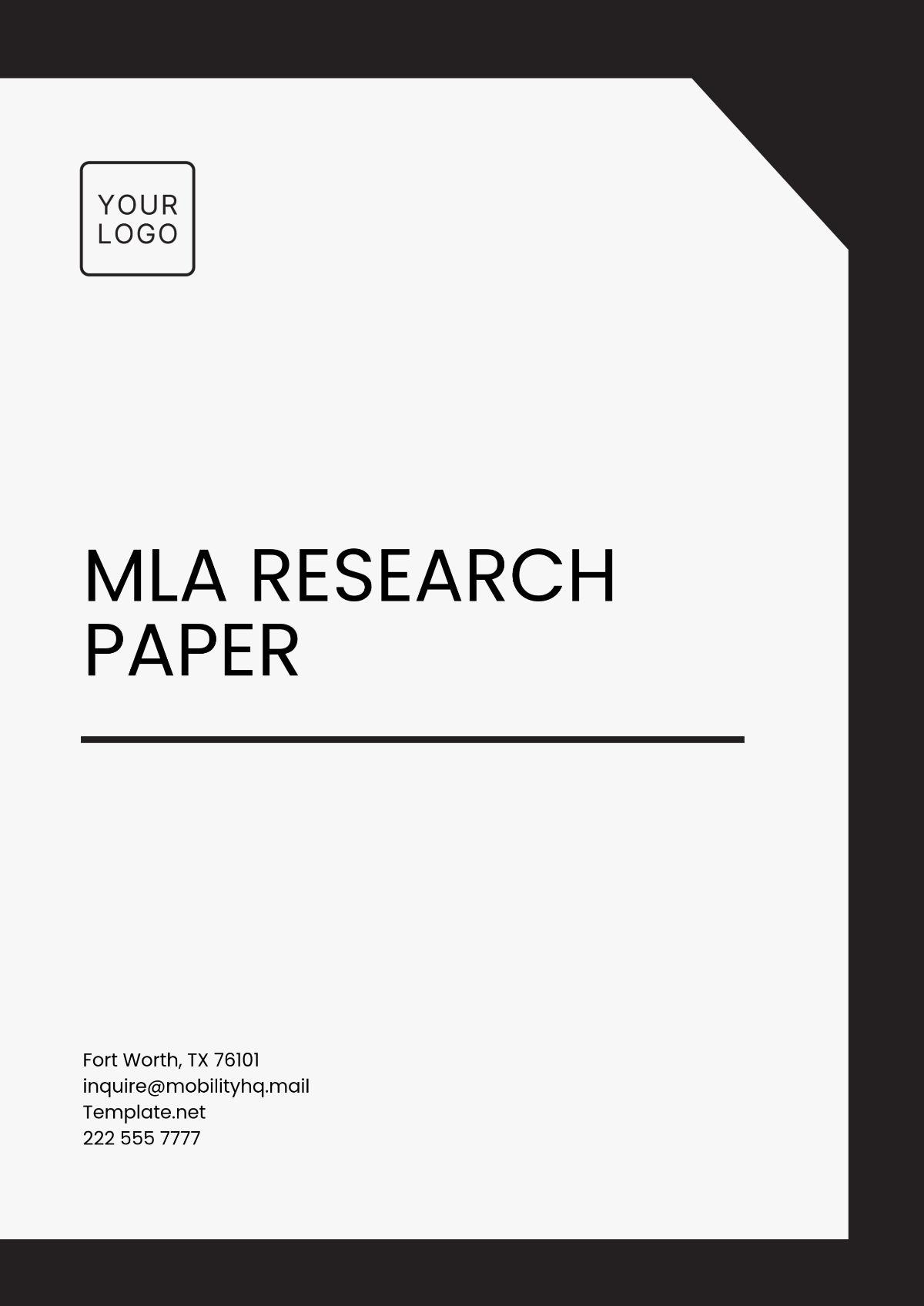Free Quantitative Research Problem Template
Quantitative Research Problem
Prepared by: [You Name]
Date: [Date]
1. Introduction
In today’s competitive market, understanding consumer behavior, market trends, and product performance through quantitative analysis is essential for making informed business decisions. This research aims to provide a detailed quantitative assessment to uncover patterns and relationships that can drive strategic decisions and optimize business outcomes.
2. Research Problem Statement
There is a significant lack of comprehensive quantitative data integrating consumer behavior, market trends, and product performance. This research seeks to address this gap by using quantitative methods to analyze how these factors interact and influence each other.
3. Research Objectives
To quantitatively assess consumer behavior patterns and preferences for new products.
To identify and measure the impact of current market trends on consumer purchasing decisions.
To evaluate product performance quantitatively about consumer expectations and market demands.
4. Research Questions
What are the quantitative patterns in consumer behavior towards new products?
How do quantitative market trends affect consumer purchasing decisions for various product categories?
How does quantitative product performance data correlate with consumer satisfaction and market success?
5. Hypotheses
Hypothesis 1: Quantitative analysis will reveal that consumer behavior is significantly influenced by measurable market trends, such as technological advancements and changing lifestyles.
Hypothesis 2: A strong positive correlation exists between quantitative measures of consumer satisfaction and product performance metrics.
Hypothesis 3: Market trends will exert a more significant quantitative impact on purchasing decisions for high-tech products compared to traditional products.
6. Methodology
Data Collection: Quantitative data will be collected through structured surveys, sales data, and performance metrics. Surveys will capture numerical data on consumer preferences and satisfaction, while sales and performance metrics will provide measurable insights into product success and market trends.
Sampling: A random sampling technique will be used to ensure that the survey sample of 1,000 respondents is representative of the target market. The sample will be segmented to analyze different demographics and geographic locations.
Data Analysis: Quantitative analysis will involve statistical techniques, such as regression analysis, correlation analysis, and factor analysis, to examine relationships between consumer behavior, market trends, and product performance. Data will be analyzed to test the hypotheses and draw actionable conclusions.
7. Significance and Limitations
The research will provide valuable quantitative insights into how consumer behavior, market trends, and product performance are interrelated. This will help in refining marketing strategies and product development. However, limitations include potential biases in self-reported data and the challenges of capturing dynamic market trends. The study will use robust quantitative methods and data validation techniques to address these limitations.
8. Conclusion
This quantitative research aims to provide a thorough understanding of the relationships between consumer behavior, market trends, and product performance. By leveraging statistical analysis, the study will offer actionable insights that can enhance strategic decision-making, improve product offerings, and better align marketing efforts with consumer needs and market conditions.

















































